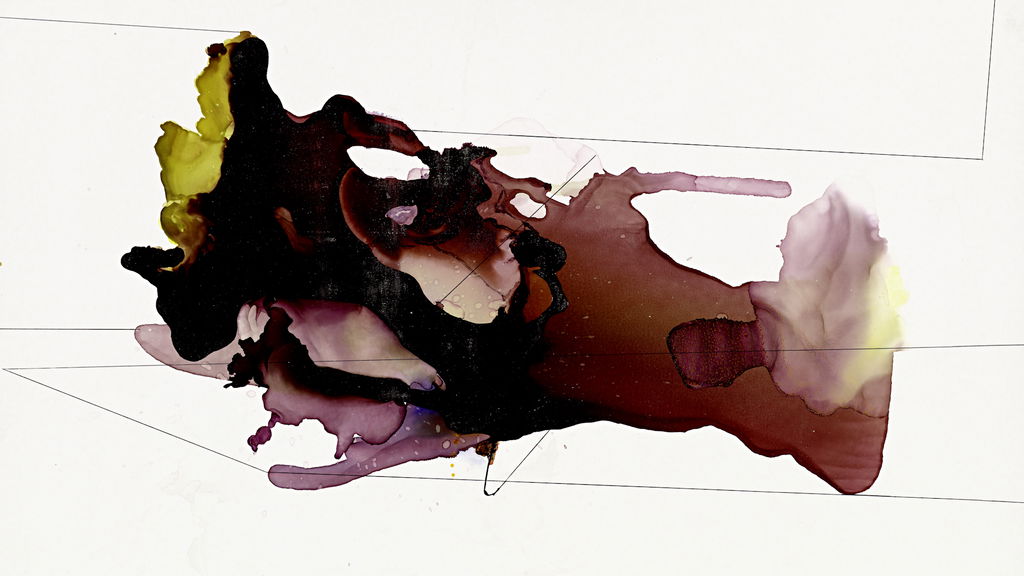Home
Talks
Gerhard Richter: Doubt
Gerhard Richter: Doubt
Can we really trust in what we see? Gerhard Richter's oeuvre makes us cast doubt on the given 'truth' before our eyes. The artist has spent much of his sixty-year career confronting the nature of images, questioning their means of representation and their degradation. The result is paintings that do not simply depict the often-charged subject matter at hand, like a painting of the terrorist attack on the World Trade Center in 2011, or of the crematoria at Birkenau, but paintings that depict the mediated circumstances of the representation of that history.
As such, one may feel a sense of unease looking at a work by Richter, but as Robert Storr professes: 'Doubt is not a negative thing. It's something that pulls the rug out from under certainty. But if certainty is what has brought us any number of ideological and political nightmares, maybe less certainty is a good thing.'
Time Period:
Various
Themes:
Robert Storr is a curator, critic, and painter. From 1990 until 2002 he worked at The Museum of Modern Art in New York, where he was curator and then senior curator in the Department of Painting and Sculpture. His exhibitions there included, 'DISLOCATIONS', 'Modern Art Despite Modernism', and retrospectives of Robert Ryman, Tony Smith, Chuck Close, Gerhard Richter, Max Beckmann, and Elizabeth Murray. From 1990 to 2000 he directed MoMA's Projects program devoted to contemporary art, for which he organized small monographic shows by Art Spiegelman, Franz West, Tom Friedman, and others. In 2002 he was named the first Rosalie Solow Professor of Modern Art at the Institute of Fine Arts, New York University. From 2006 to 2016 he served as the Stavros Niarchos Foundation Dean of the Yale University School of Art, where he continues to be a professor of painting. In 2007 he served as Artistic Director of the Venice Biennale, the first American to hold that position.
Since 1982, his essays, reviews, and columns have appeared in Art in America, Art Press, Frieze, Artforum, Parkett, Corriere della Sera, and other magazines and journals. He is the author of numerous catalogues and books -- most recently, of Intimate Geometries: The Life and Work of Louise Bourgeois (2016), for which he received the 2017 Filaf d'or Award, as well as the 2017 Filaf Award for Best Book on Contemporary Art. A frequent lecturer both in the United States and abroad, he has taught painting, drawing, art history, and criticism at numerous colleges, universities, and art schools. He is the recipient of prestigious awards for his criticism and curatorial work from organizations such as the International Association of Art Critics and the Archives of American Art. In 2016 he was awarded a fellowship from the John Simon Guggenheim Memorial Foundation. Made Chevalier des Arts et des Lettres by the French Ministry of Culture in 2000, he was subsequently promoted to Officier of the same order. Storr lives and works in Brooklyn, New York, and New Haven, Connecticut.
Watch more
Watch more

1:14
1 Minute 1 Work: Gerhard Richter, Annunciation after Titian, 1973
Learn about Richter’s ardent commitment to Titian’s canvas — and the impossibility of such a painting for our times — with writer Robert Storr.

1:19
1 Minute 1 Work: Gerhard Richter, Ema (Nude on a Staircase), 1966
Writer Robert Storr examines Gerhard Richter’s ‘dissenting’ painting ‘Ema (Nude on a Staircase)’.

15:48
Gerhard Richter: Drawings
‘The drawings are traces of a life, creating territories in relation to limits and potentials. Communications transmitted to whoever will regard them.’ — Prof. Michael Newman

1:14
1 Minute 1 Work: Gerhard Richter, Annunciation after Titian, 1973
Learn about Richter’s ardent commitment to Titian’s canvas — and the impossibility of such a painting for our times — with writer Robert Storr.

1:19
1 Minute 1 Work: Gerhard Richter, Ema (Nude on a Staircase), 1966
Writer Robert Storr examines Gerhard Richter’s ‘dissenting’ painting ‘Ema (Nude on a Staircase)’.

15:48
Gerhard Richter: Drawings
‘The drawings are traces of a life, creating territories in relation to limits and potentials. Communications transmitted to whoever will regard them.’ — Prof. Michael Newman

11:49
Reflecting on Gerhard Richter
An exploration of the processes of leading artist Gerhard Richter as presented through his glass sculptures and paintings.